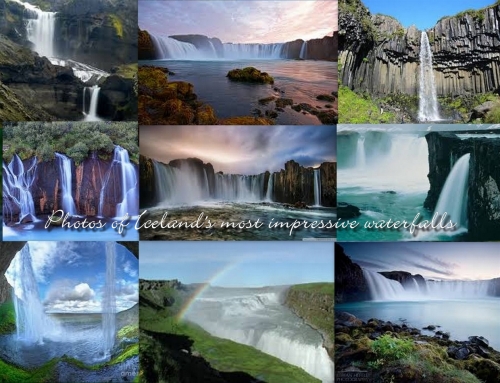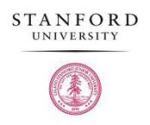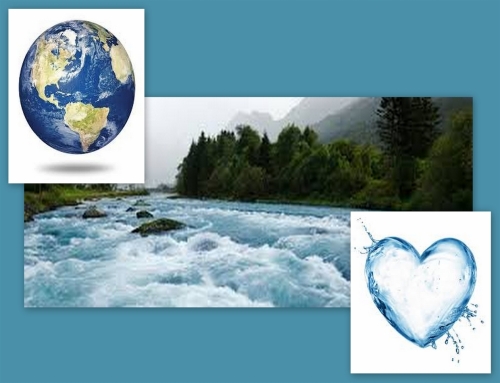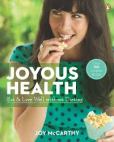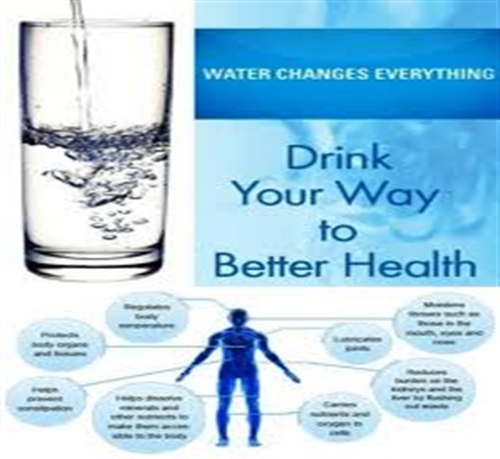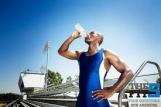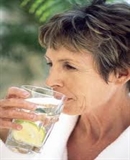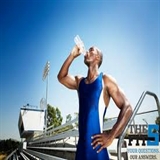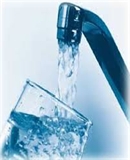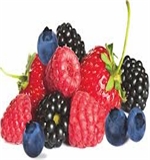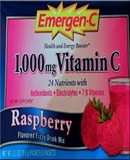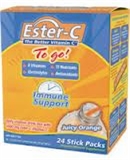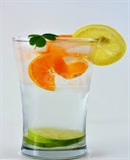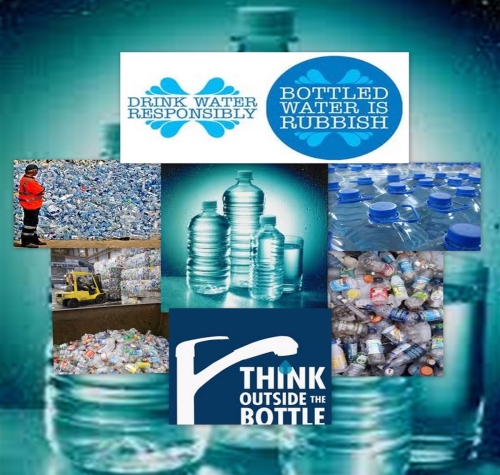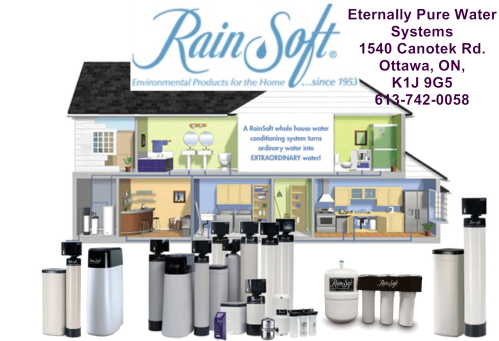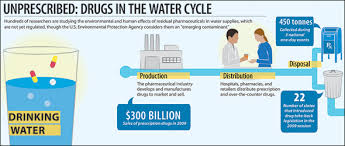 Scientists are re-designing pharmaceuticals and other contaminants to keep them out of our drinking water.
Scientists are re-designing pharmaceuticals and other contaminants to keep them out of our drinking water.
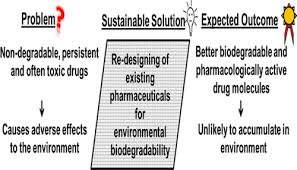 Making pharmaceuticals that degrade before they can contaminate drinking water.
Making pharmaceuticals that degrade before they can contaminate drinking water.
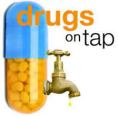 In recent years, researchers have realized that many products, including pharmaceuticals, have ended up where they’re not supposed to be — in our drinking water. But now scientists have developed a way to make drugs that break down into harmless compounds before they contaminate our taps.
In recent years, researchers have realized that many products, including pharmaceuticals, have ended up where they’re not supposed to be — in our drinking water. But now scientists have developed a way to make drugs that break down into harmless compounds before they contaminate our taps.
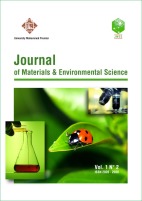 Their report appears in ACS’ journal
Their report appears in ACS’ journal
 Environmental Science & Technology.
Environmental Science & Technology.
 The researchers chose to work with a commonly used drug called propranolol — a beta blocker prescribed to treat high blood pressure and to prevent heart problems. It is very stable and has been found in sewage. They made a small molecular change in its structure that didn’t affect its beta blocking activity but allowed it to break down more easily than the
The researchers chose to work with a commonly used drug called propranolol — a beta blocker prescribed to treat high blood pressure and to prevent heart problems. It is very stable and has been found in sewage. They made a small molecular change in its structure that didn’t affect its beta blocking activity but allowed it to break down more easily than the 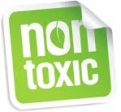 original form. Further studies are needed, but initial testing showed that the altered drug and its byproducts are likely not toxic. The researchers suggest that a similar approach could be used to re-design other classes of drugs and chemicals to make them more environmentally friendly, too.
original form. Further studies are needed, but initial testing showed that the altered drug and its byproducts are likely not toxic. The researchers suggest that a similar approach could be used to re-design other classes of drugs and chemicals to make them more environmentally friendly, too.
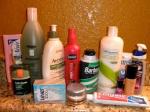 A wide range of active ingredients originating from pesticides, shampoos, lotions, cosmetics, disinfectants and drugs get washed into sewage systems or rivers and streams, ending up in our tap water.
A wide range of active ingredients originating from pesticides, shampoos, lotions, cosmetics, disinfectants and drugs get washed into sewage systems or rivers and streams, ending up in our tap water.
 Scientists don’t have a complete picture yet of what effects these substances have on wildlife and human health, but they are a major concern. Researchers have detected them in low levels in streams and rivers across the United States and in other countries. To address the specific problem of medications in the environment, Klaus Kümmerer and colleagues made tweaks to pharmaceuticals so they degrade after they’ve passed through both the body and sewage treatment systems, which aren’t capable of scrubbing wastewater of all contaminants.
Scientists don’t have a complete picture yet of what effects these substances have on wildlife and human health, but they are a major concern. Researchers have detected them in low levels in streams and rivers across the United States and in other countries. To address the specific problem of medications in the environment, Klaus Kümmerer and colleagues made tweaks to pharmaceuticals so they degrade after they’ve passed through both the body and sewage treatment systems, which aren’t capable of scrubbing wastewater of all contaminants.
 Dr. Klaus Kümmerer, professor of sustainable chemistry and material resources at the University of Lüneburg
Dr. Klaus Kümmerer, professor of sustainable chemistry and material resources at the University of Lüneburg
The authors acknowledge funding from the German Ministry of Education and Research.

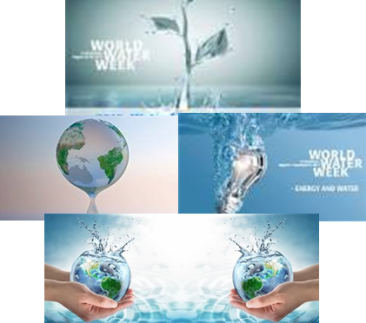
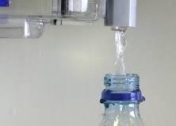
 Soak pots and pans instead of letting the water run while you scrape them clean.
Soak pots and pans instead of letting the water run while you scrape them clean. Don’t use running water to thaw food. For water efficiency and food safety, defrost food in the refrigerator.
Don’t use running water to thaw food. For water efficiency and food safety, defrost food in the refrigerator. Large pans may require more cooking water than necessary.
Large pans may require more cooking water than necessary. Collect the water you use while rinsing fruit and vegetables. Use it to water house plants.
Collect the water you use while rinsing fruit and vegetables. Use it to water house plants.
 More than 79,000 tons of chlorine are used per year in the United States.
More than 79,000 tons of chlorine are used per year in the United States. Of all the earth’s water, 97% is salt water found in oceans and seas. Only 1% of the earth’s water is available for drinking water. Two percent is currently frozen.
Of all the earth’s water, 97% is salt water found in oceans and seas. Only 1% of the earth’s water is available for drinking water. Two percent is currently frozen. About two thirds of the human body is water.
About two thirds of the human body is water. Public water suppliers process 38 billion
Public water suppliers process 38 billion  About 800,000 water wells are drilled each year in the United States for domestic, farming, commercial, and water testing purposes.
About 800,000 water wells are drilled each year in the United States for domestic, farming, commercial, and water testing purposes. Typically, households consume at least 50% of their water by lawn watering.
Typically, households consume at least 50% of their water by lawn watering.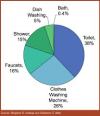 Inside, toilets use the most water,
Inside, toilets use the most water,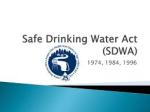 In 1974, Congress passed the
In 1974, Congress passed the  More than 13 million households get their water from their own private wells and are responsible for treating and pumping the water themselves.
More than 13 million households get their water from their own private wells and are responsible for treating and pumping the water themselves.
 The average daily requirement for fresh water in the United States is about 40 billion gallons a day, with about 300 billion gallons used untreated for agriculture and commercial purposes.
The average daily requirement for fresh water in the United States is about 40 billion gallons a day, with about 300 billion gallons used untreated for agriculture and commercial purposes.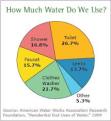 Each person uses
Each person uses
